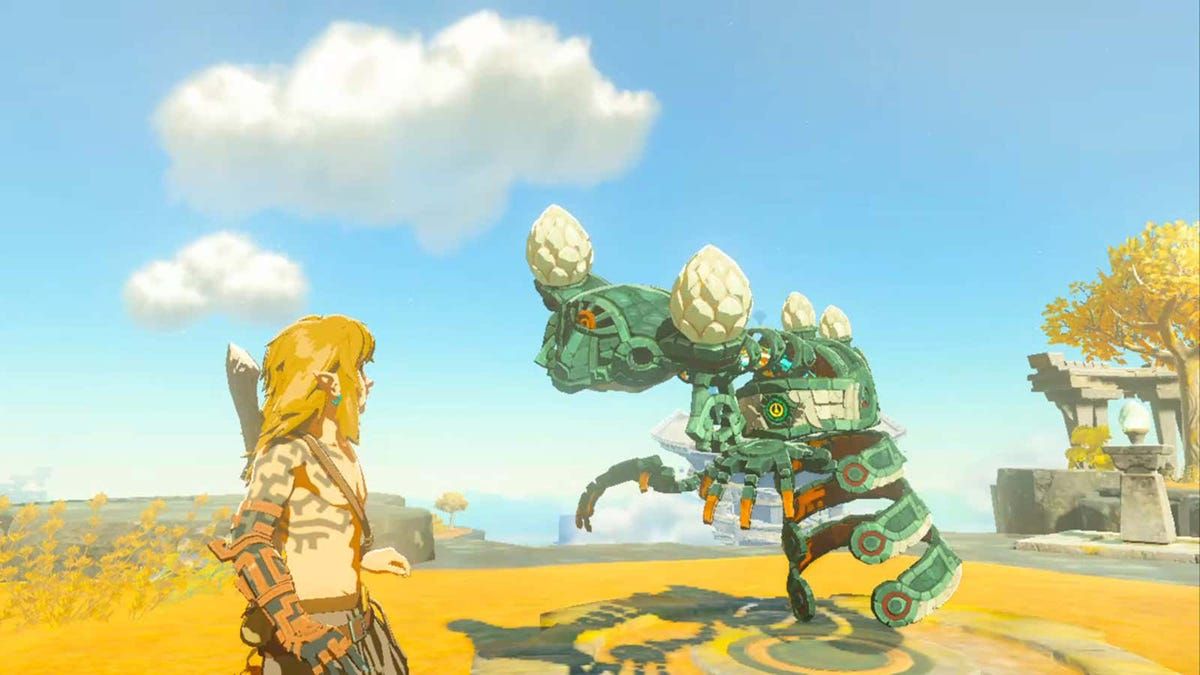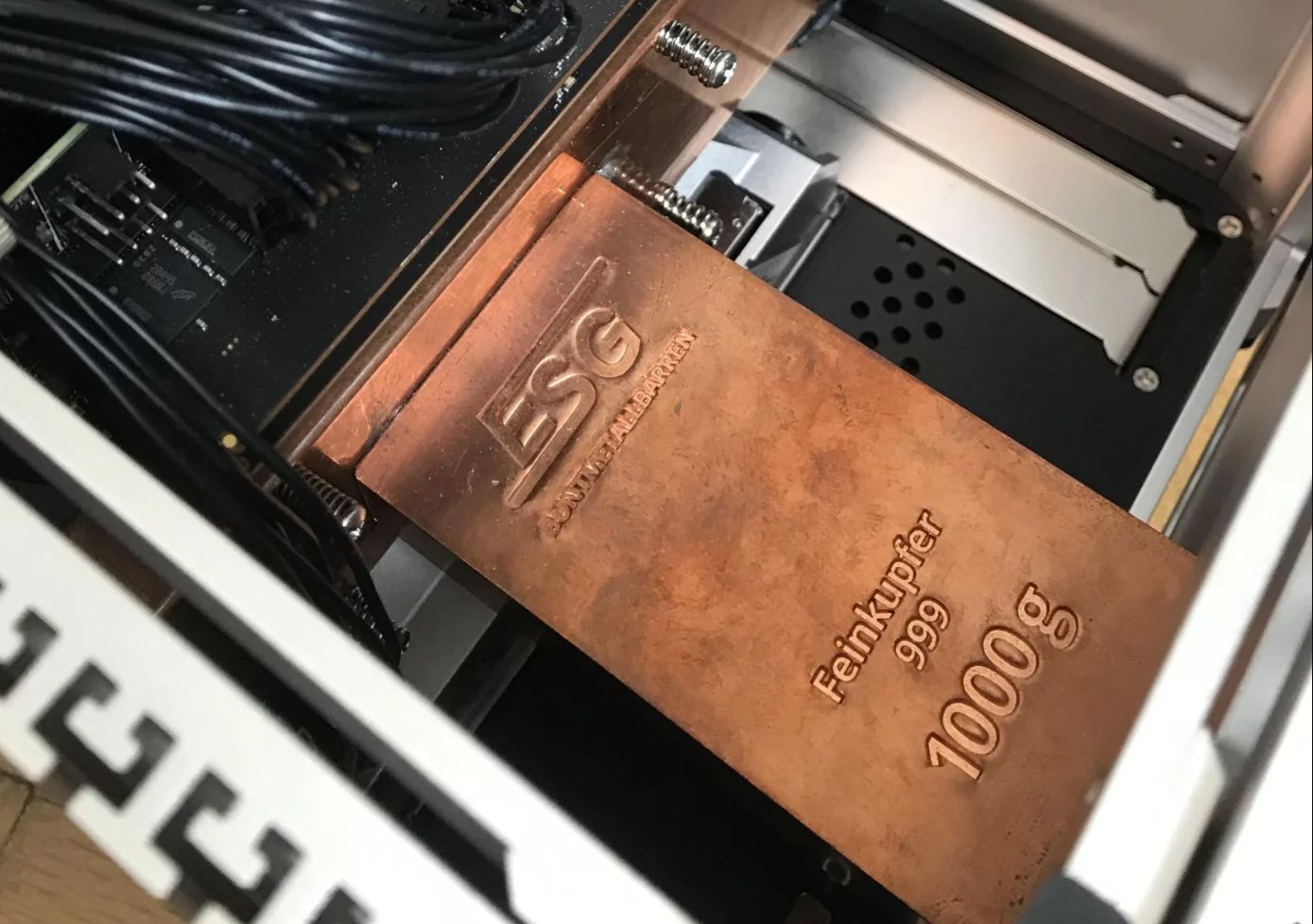Tears of the Kingdom's Big Delay Was To Meet Nintendo Standards
Few games arrive and immediately announce themselves as massive, surefire hits as thoroughly as The Legend of Zelda: Tears of the Kingdom. With its surprising gameplay systems, its rich open world, and its impressively solid performance on the Switch’s aging hardware, TotK has broken sales records and delighted players, who continue discovering all sorts of opportunities to get creative with the game’s physics and building abilities. But as it turns out, TotK’s high level of polish may be thanks to Nintendo delaying it for a full year in order to ensure the game landed exactly the way its makers wanted it to.
Aside from a remake of 1993’s Link’s Awakening and an HD remaster of Skyward Sword, the last mainline Legend of Zelda game to hit Nintendo consoles was 2017’s Breath of the Wild. A remarkable entry in its own right, one that has since provided a template for the series moving forward, the six-year wait for a follow up wasn’t easy for fans. That wait might’ve been a little bit shorter, however, if series producer Eiji Aonuma hadn’t made the call to push the game back by a full year.
Advertisement
Perhaps that’s been for the better. You may have heard the widely quoted and likely apocryphal Shigeru Miyamoto statement about how “a delayed game is eventually good, but a rushed game is forever bad.” That may have been the thinking here, as Aonuma told The Washington Post that the team needed to ensure “everything in the game was 100 percent to our standards.”
Read More: 15 Things I Wish I Knew Before Starting Zelda: Tears of the Kingdom
If you’ve spent any time with Tears of the Kingdom, then you’ve no doubt encountered its impressive crafting system, which is both surprisingly quick and intuitive. Things just work the way you think they should as you slap wheels, turbines, and other machines to various objects. It was an undertaking to get that all working so well, but according to Aonuma, the development process also took into consideration the look of the crafting elements. In the game, when you combine objects, a bit of magical “glue” is seen linking the items together, a nice visual aid for players to convey where and how they are connected. Aonuma, who has worked as a wood carver in the past, struggled to accept the usefulness of this deliberate visual imperfection, as he told The Washington Post:
“When I would connect things and glue them together [in real life], I was always very picky about not seeing glue where those joints were, and I would always wipe that way because that really got on my nerves, [but] the staff really made an appeal to me…There’s a part of me that feels like I want to wipe that glue away [in the game] and make things look a little bit more neat and tidy. But in the end, they were right. Being able to clearly see where the objects you’re connecting are put together makes this kind of gameplay fit well and in line with the ethos of Zelda.”
Advertisement Advertisement
This care and attention to making sure things work (which you can’t take for granted with video games these days) and are easily understood by the player has clearly made the difference for Tears of the Kingdom. Sometimes a delay is more than worth it.
Source: Kotaku


